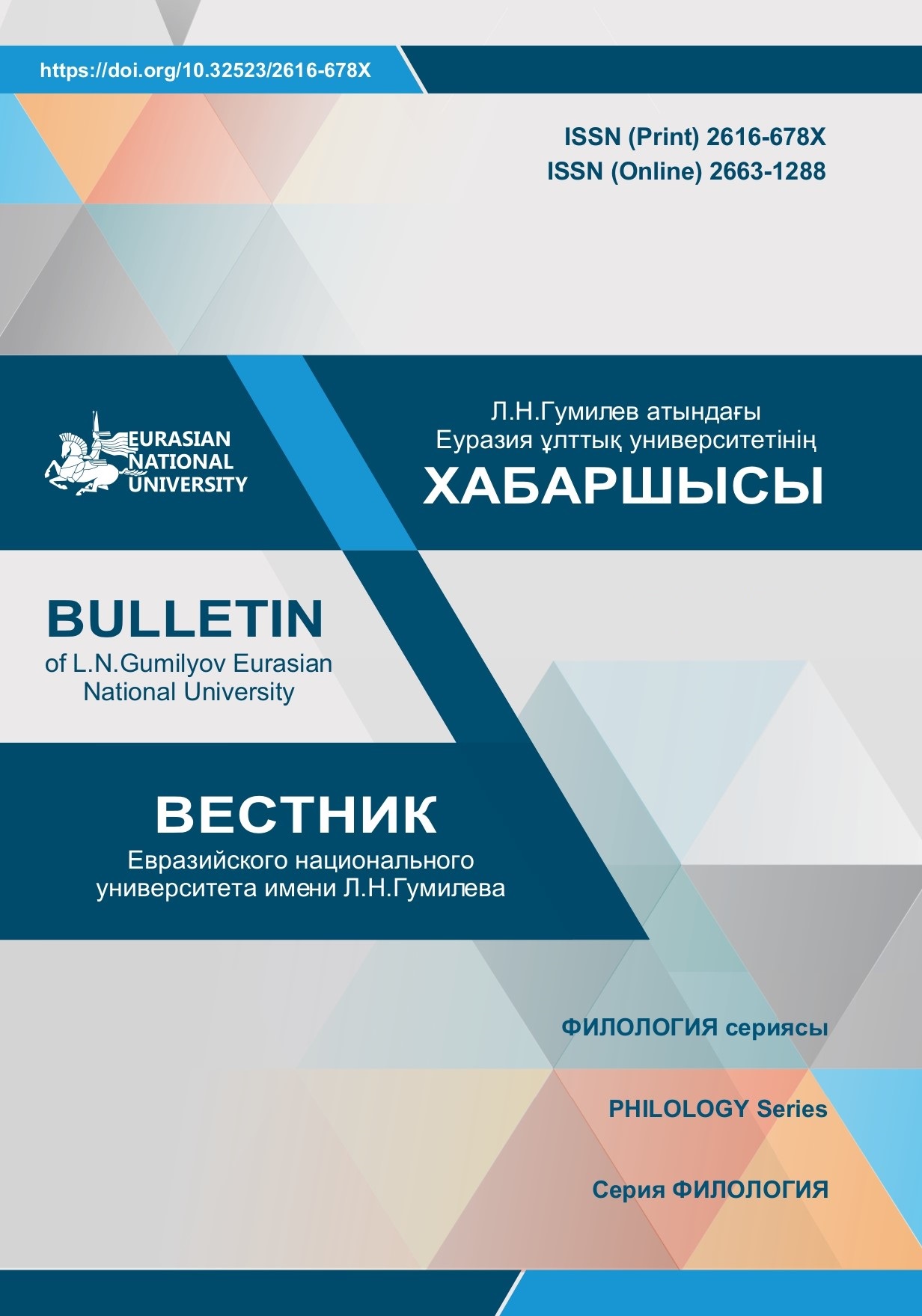Changes in english, kazakh and russian languages during the coronavirus pandemic
Views: 173 / PDF downloads: 239
DOI:
https://doi.org/10.32523/2616-678X-2022-138-1-32-39Keywords:
neologisms, vocabulary, coronacrisis, pandemic, language developmentAbstract
It is evident that any language is constantly developing and changing. Neologisms
are one of the tools for the development of the word-stock and modernization of the language. The
emergence of neologisms in the language is an indicator of language development. Coronacrisis,
which covers the entire modern world, also shows a huge impact on all languages. English is the
first language to perceive world changes, as it is the language of globalization and development.
One of the aspects of the pandemic are English neologisms related to the coronavirus, named
coronacoins, which appeared in Kazakh and Russian languages during this pandemic. This article
discusses the definition and ways to create neologisms. The authors represented a list of
neologisms that emerged during the pandemic and trends in their development in the language.
Any crisis in the country will certainly stimulate the development of the language of that country,
and the absorption of these coronacoins into the language is still unknown, although it is clear
that many of them will stay with us.







